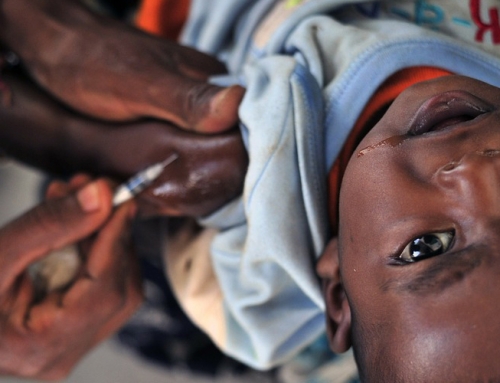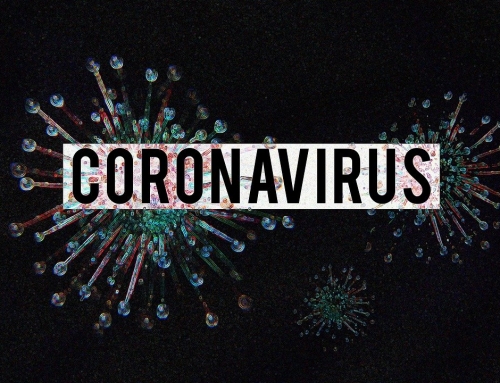Growing up as a child in urban area in Maryland, I would often see many children my age experience asthma and the agony that comes with it. Personally, I do not have asthma, so I do not know first-hand how it feels to wake up in the middle of the night with an asthma attack that causes the muscles around the airways to tighten up. While browsing through the internet, I found an article that was published by experts at the National Institutes of Health (NIH) here in the United States on asthma and how it is associated with the environment. I thought I should share here because I believe that this would help me and others that do not have asthma understand asthma and what people that do have the disease go through on a daily basis.
Asthma is a disease that impacts the lungs. The symptoms can include coughing, chest tightness, breathing problems, and wheezing. People with asthma can experience the muscle around their airways tighten up and the symptoms can get worse. Asthma is considered a chronic disorder in childhood. It affects about 40 million people. With good information and management, people with asthma can live healthy lives. But they need to know the triggers and try to avoid those triggers to the best of their abilities.
Having asthma running in the family can increase the chance of a child developing asthma. Different substances in the environment can activate asthma. These substances include dogs, cats, molds, fungi, dust mites, and cockroaches. The National Survey of Lead Hazard and Allergens reported 46 percent of homes contain dust mites that can cause an allergic reaction and 25 percent of homes had high levels of allergen levels that can cause an asthma attack to occur. Learning about asthma can increase the awareness to others on how to create symptom-free days for people with asthma. This can also allow researchers to develop methods or techniques on how to eliminate this issues that are affecting many children.
For more information, I encourage you to take a look at what we are doing at the Health, Environmental Education and Awareness (HEEA) program. At the HEEA day, we educate members of our community on the relationship between the environment and public health. Experts share nuggets of life-saving health and environment information in a joyful and entertaining atmosphere.
I can tell you that human health is truly complex. But there is hope. Obtaining and empowering ourselves with the latest information and research on different health conditions is important for protecting your health. There are a lot of valuable information published by health care providers, researchers and other experts from around the world. You can read free and updated information on health issues affecting mothers, women, children and families and other health issues at the International Journal of Maternal and Child Health and HIV/AIDS. You can also read other interesting articles on public health, medical research, and how research is changing our lives at our online public health publication called IJTRansmed.
Useful links:
www.niehs.nih.gov
www.globalhealthprojects.org/programs/environment/heea-program/
*At the time of writing, Ms. Kanisha Blake, MPH (Epidemiology) was a public health intern at the Global Health and Education Projects, Washington, DC, USA, under the mentorship and supervision of Dr. Romuladus E. Azuine.






